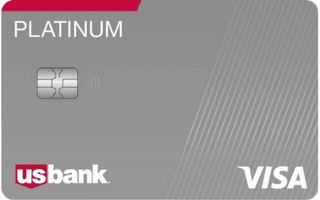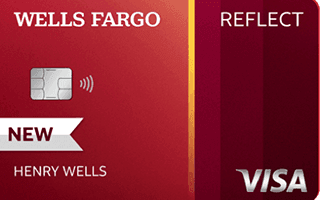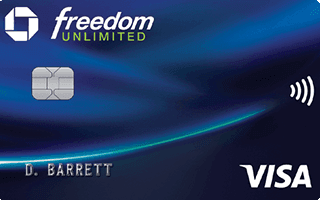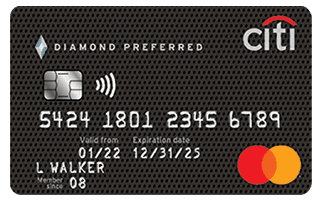| Welcome Offer | n/a |
|---|---|
| Rewards | Up to 8 % cash back |
| Annual fee | $0 |
| Minimum credit score | New / limited credit |
| Welcome Offer | n/a |
|---|---|
| Rewards | Up to 8 % cash back |
| Annual fee | $0 |
| Minimum credit score | New / limited credit |
| Welcome Offer | n/a |
|---|---|
| Rewards | Up to 8 % cash back |
| Annual fee | $0 |
| Minimum credit score | New / limited credit |
| Welcome Offer | n/a |
|---|---|
| Rewards | Up to 8 % cash back |
| Annual fee | $0 |
| Minimum credit score | New / limited credit |
| Welcome Offer | n/a |
|---|---|
| Rewards | None |
| Annual fee | $0 |
| Minimum credit score | New / limited credit |
| Welcome Offer | n/a |
|---|---|
| Rewards | None |
| Annual fee | $0 |
| Minimum credit score | New / limited credit |
| Welcome Offer | n/a |
|---|---|
| Rewards | Up to 7 % cash back |
| Annual fee | $0 |
| Minimum credit score | New / limited credit |
| Welcome Offer | n/a |
|---|---|
| Rewards | Up to 7 % cash back |
| Annual fee | $0 |
| Minimum credit score | New / limited credit |
| Welcome Offer | $10 |
|---|---|
| Rewards | Up to 100 % cash back |
| Annual fee | $59.99 |
| Minimum credit score | 580 |
| Welcome Offer | $10 |
|---|---|
| Rewards | Up to 100 % cash back |
| Annual fee | $59.99 |
| Minimum credit score | 580 |
| Welcome Offer | n/a |
|---|---|
| Rewards | Up to 7 % cash back |
| Annual fee | $179.88 |
| Minimum credit score | 300 |
| Welcome Offer | n/a |
|---|---|
| Rewards | Up to 7 % cash back |
| Annual fee | $179.88 |
| Minimum credit score | 300 |
| Welcome Offer | n/a |
|---|---|
| Rewards | None |
| Annual fee | $0 |
| Minimum credit score | 300 |
| Welcome Offer | n/a |
|---|---|
| Rewards | None |
| Annual fee | $0 |
| Minimum credit score | 300 |

9.6 Excellent
| Welcome Offer | n/a |
|---|---|
| Rewards | None |
| Annual fee | $0 |
| Minimum credit score | 670 |
| Welcome Offer | n/a |
|---|---|
| Rewards | None |
| Annual fee | $0 |
| Minimum credit score | 670 |

| Welcome Offer | n/a |
|---|---|
| Rewards | None |
| Annual fee | $0 |
| Minimum credit score | 800 |
| Welcome Offer | n/a |
|---|---|
| Rewards | None |
| Annual fee | $0 |
| Minimum credit score | 800 |
| Welcome Offer | $200 |
|---|---|
| Rewards | Up to 3 % cash back |
| Annual fee | $0 |
| Welcome Offer | $200 |
|---|---|
| Rewards | Up to 3 % cash back |
| Annual fee | $0 |

9.4 Excellent
| Welcome Offer | $200 |
|---|---|
| Rewards | Up to 5 % cash back |
| Annual fee | $0 |
| Minimum credit score | 670 |
| Welcome Offer | $200 |
|---|---|
| Rewards | Up to 5 % cash back |
| Annual fee | $0 |
| Minimum credit score | 670 |
| Welcome Offer | $200 |
|---|---|
| Rewards | Up to 5 % cash back |
| Annual fee | $0 |
| Minimum credit score | 670 |
| Welcome Offer | $200 |
|---|---|
| Rewards | Up to 5 % cash back |
| Annual fee | $0 |
| Minimum credit score | 670 |

9.2 Excellent
| Welcome Offer | n/a |
|---|---|
| Rewards | None |
| Annual fee | $0 |
| Minimum credit score | 670 |
| Welcome Offer | n/a |
|---|---|
| Rewards | None |
| Annual fee | $0 |
| Minimum credit score | 670 |
Finder’s experts compared hundreds of secured and unsecured credit cards to find zero-interest options. For secured card options, we only looked at cards with 0% APR. For unsecured cards, we compared the length of the 0% APR period if offered. We also favor cards with rewards programs or unique credit-building opportunities such as credit-monitoring tools, and we only consider cards that report payments to all three major credit bureaus.
Unsecured cards must meet this criteria to be considered:
Secured cards must meet this criteria to be considered:
When choosing a 0% APR credit card, first determine whether you need an intro APR on balance transfers or purchases or never want to be charged interest. From there, consider a few financial factors to pick the best card for you.
Between purchase and balance transfer intro offers, you can choose from dozens of 0% intro APR credit cards. If none of our top picks suit your needs, compare other credit cards for more options.
Yes. One of the biggest misconceptions about a 0% intro APR period is that you don’t have to make payments. You must make at least the minimum monthly payment to avoid late fees, and missing a payment can also mean losing your promotional interest rate.
Even if a credit card offers a 0% APR period for balance transfers, most credit card issuers charge a balance transfer fee, typically around 3% to 5% of the amount you’re transferring. And if you’re going with a credit card for its 0% balance transfer intro period, be sure you can pay down the balance within the intro period or you’ll start being charged interest on the outstanding balance.
No. Cards with 0% APR offers tend to be limited-time offers.
★★★★★ — Excellent
★★★★★ — Good
★★★★★ — Average
★★★★★ — Subpar
★★★★★ — Poor
Our team evaluates credit cards to determine their value against similar cards on the market.
We rank card types — travel, cash back, business — on a set of factors that are most relevant to that type of card. We create these rankings to help you narrow down a credit card that best suits your spending and budget.
Credit cards like Firstcard, Capital One Quicksilver, Blue Cash Everyday and Fizz don’t require a social security number to open.
The best credit cards for young adults are cards with low or no credit score requirements, low or no interest and rewards to go around.
Americans love a good deal, but how many people will be shopping Black Friday sales this year?
Americans are forecast to spend $983.3 million on Thanksgiving turkeys in 2024.
Here are 5 of the best second credit cards to complement your first.
Compare the best unsecured credit cards that accept poor credit.
Frequent Apple Pay users are likely to get the most use out of the no-fee Apple Card.
Which of these two travel credit cards can make your spending go the distance?
Finder looks into the cost of a pumpkin for 2025 which shows Americans plan to spend $834 million pumpkin bill for Halloween.